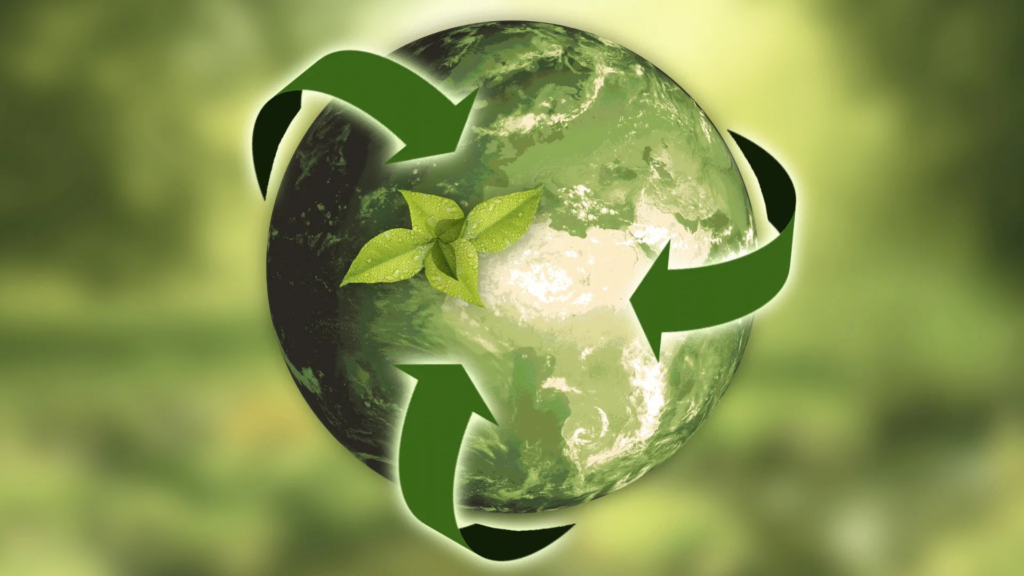ERASMUS+ KA153
CIRCULAR ECONOMY FOR YOUTH(CEFY)
2022-3-MT01-KA153-YOU-000095134
A project and commitment to sustainability
Project dates : 27/07/2023 – 04/08/2023
Participants from Malta, Croatia, Greece, Spain, Italy, Lithuania, Germany and Estonia joins Erasmus+ Training Course Circular economy for youth co-funded by the Erasmus+ Programme of the European Union at Marsaxlokk Youth Activity Center.
View Booklet: https://drive.google.com/file/d/1oXLEy37JEWQhZqCC8Um77z6B0Xi6nWOm/view?usp=sharing
The main objectives of the projects were:
To increase the knowledge of circular economy among the participants of the project.
To promote a more sustainable approach among young people who will participate in the project.
To increase the skills and abilities of young people on the principles of circular economy.
To raise awareness about the advantages of using circular economy in our daily lives.
To increase the abilities of Youth Worker on how to develop events and local campaigns on sustainability and circular economy.

We are nowadays consuming more resources than the planet can restore every year. Climate change and resource consumption are strongly impacting our lives, and this could lead in the near future to the destruction of our
ecosystem. With the implementation of this Erasmus+ project “Circular Economy for Youth: CEFY ”, we wanted to equip 30 youth workers (our participants) with skills in the sectors of green economy and circular economy in order to increase their ability to develop actions and activities on the theme of ecology for the youngsters of their communities, to promote environmental awareness, and to mitigate the effects of resource wasting and climate
change. We also wanted to equip them with Youth Pass-linked competencies to solve waste issues in their local areas of partner organizations countries.
This aspect was aligned with the European Union Green Deal Agenda by 2050 “Circular Economy Action Plan” and Erasmus+ 2021-2027 objectives: combating climate change. It was also for all of us youth workers to find new
ways to promote circular economy among the youngsters we work with. Through this Training Course (TC), we wanted to teach youth workers non-formally how to start thinking in more sustainable ways, even from an
entrepreneur’s point of view. The project CEFY—Circular Economy For Youth had the goal of equipping a group of 30 Youth Workers and 2 trainers with knowledge, tools, and skills Through this TC, participants will learn what a
circular economy is and will acquire the abilities to inform youngsters on this theme, promoting daily actions to reduce garbage and to develop a more sustainable way of life.
View Booklet: https://drive.google.com/file/d/1oXLEy37JEWQhZqCC8Um77z6B0Xi6nWOm/view?usp=sharing

Circular Economy
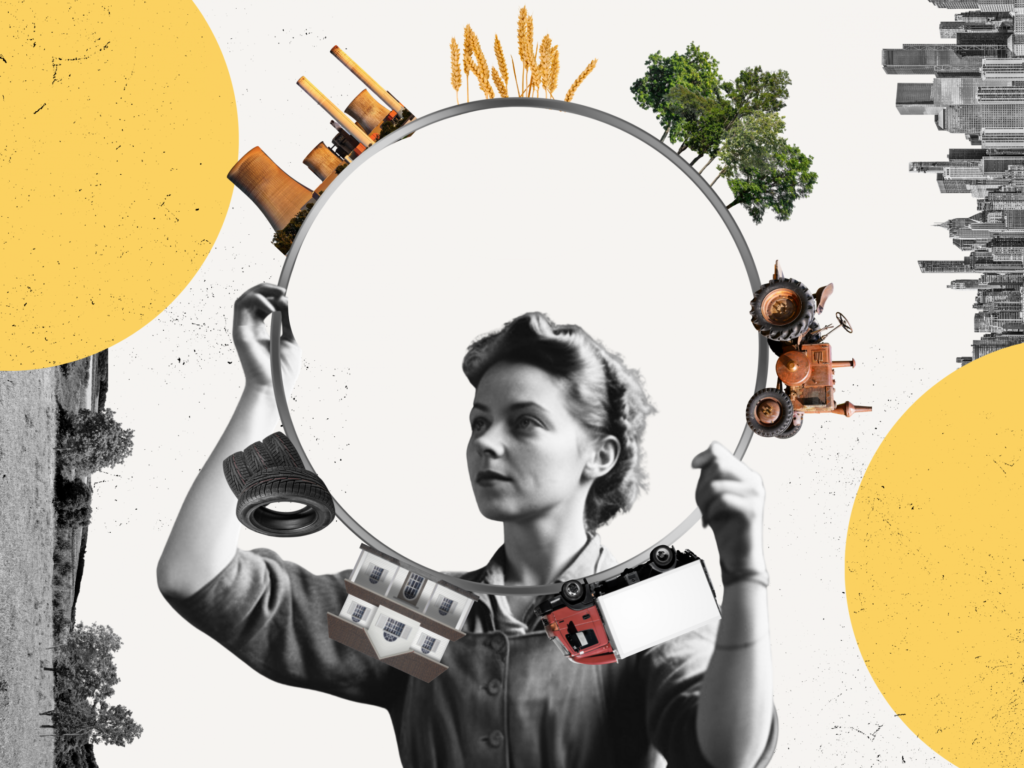
The circular economy is a model of production and consumption, which involves sharing, leasing, reusing, repairing, refurbishing and recycling existing materials and products as long as possible.
Aim of circular economy
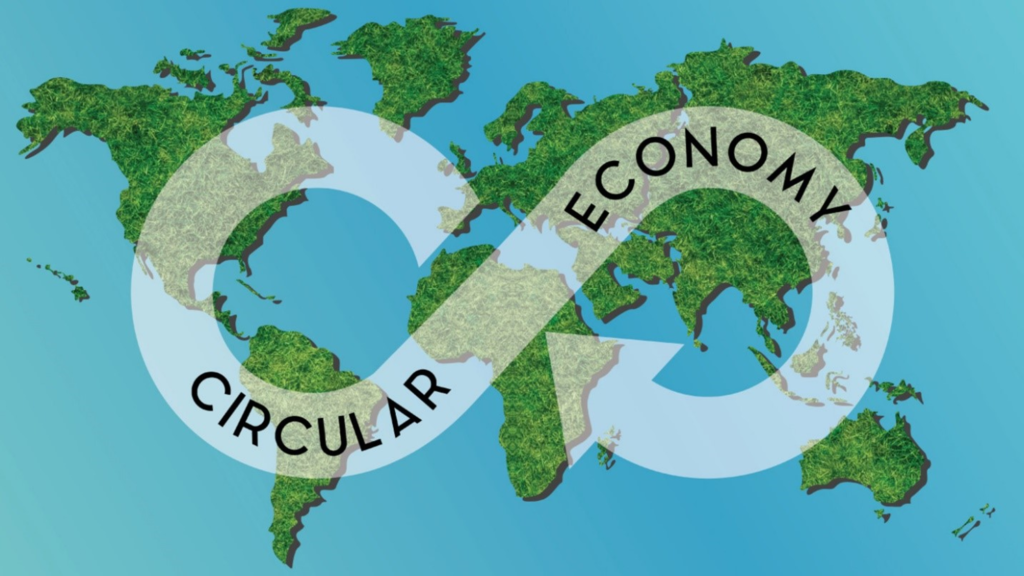
The aim of the circular economy is therefore to make the most of the material resources available to us by applying three basic principles: reduce, reuse and recycle. In this way, the life cycle of products is extended, waste is used and a more efficient and sustainable production model is established over time.
Principles of circular economy

The circular economy relies on three principles, each underpinned by design: Eliminate waste and pollution. Keep products and materials in use. Regenerate natural systems.
Examples of circular economy
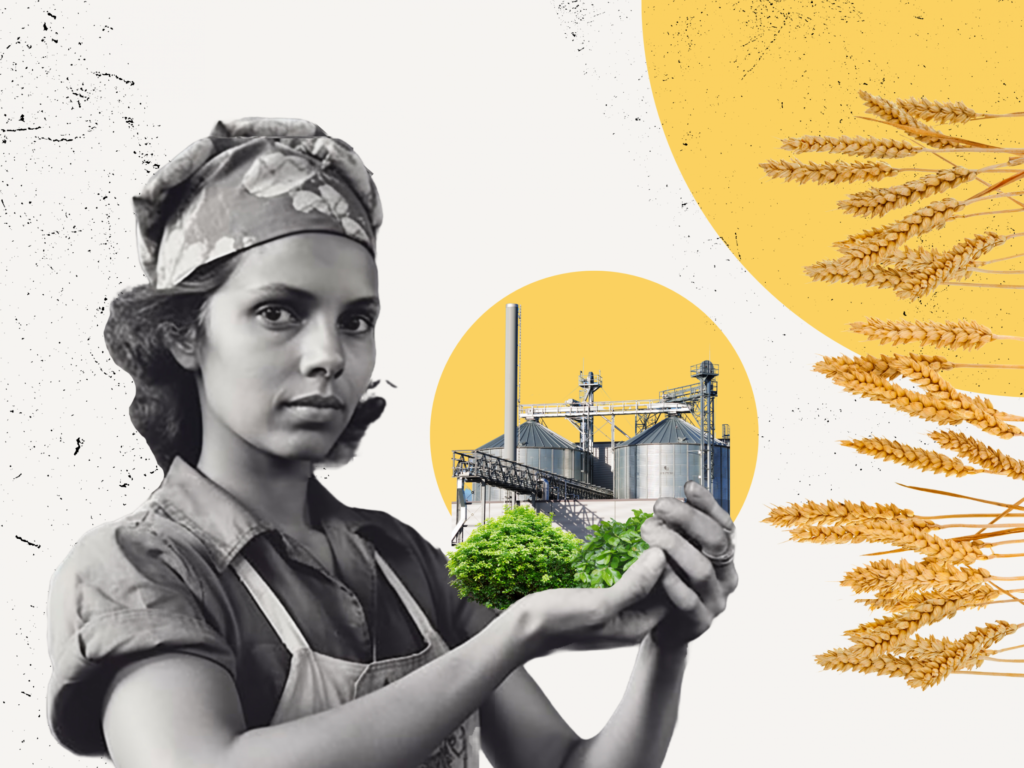
Circular economy approaches are all around us. They can be employed in a number of different sectors from textiles to buildings and construction, and at various stages of a product’s lifecycle, including design, manufacturing, distribution, and disposal.
Importance of circular economy for our planet
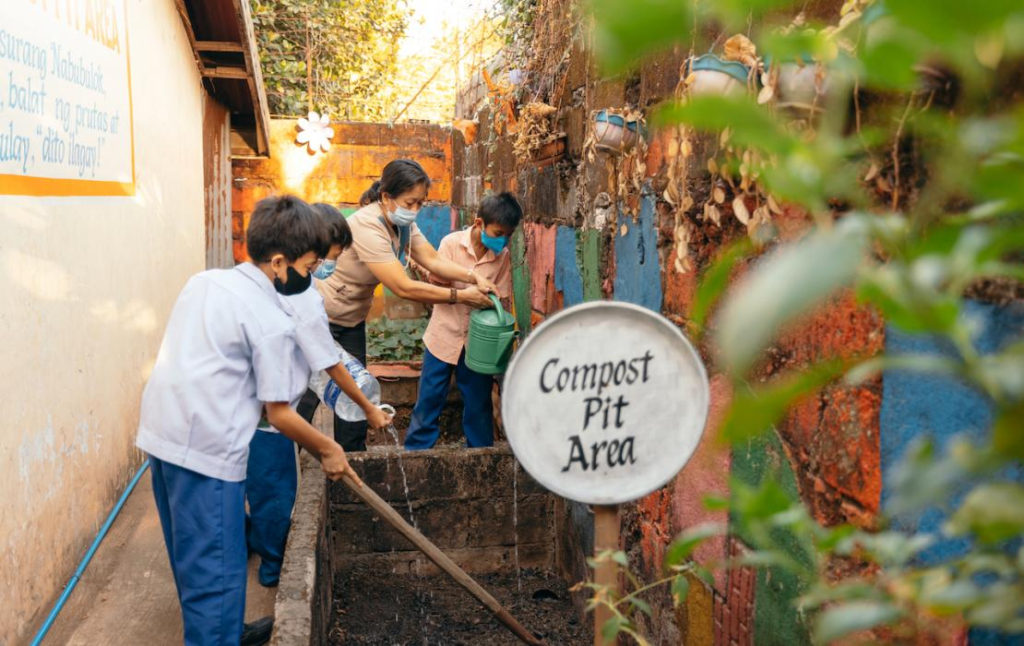
Estimates show that we are already using more than the available amount of Earth’s natural resources. If current trends were to continue, we would need three planets by 2050.For the survival and well-being of people and the planet, we need to reduce global material extraction and consumption. Transitioning to a circular economy will be instrumental to achieving this.
Circular economy and climate change

Studies show us that, through efficient and more circular use of materials in just four key industrial materials (cement, steel, plastics, and aluminum), circular economy strategies can help reduce global GHG emissions by 40% by 2050. And if we also include circular approaches within the food system, we could achieve as much as 49% reductions in global GHG emissions overall.
Countries leading on circular economy
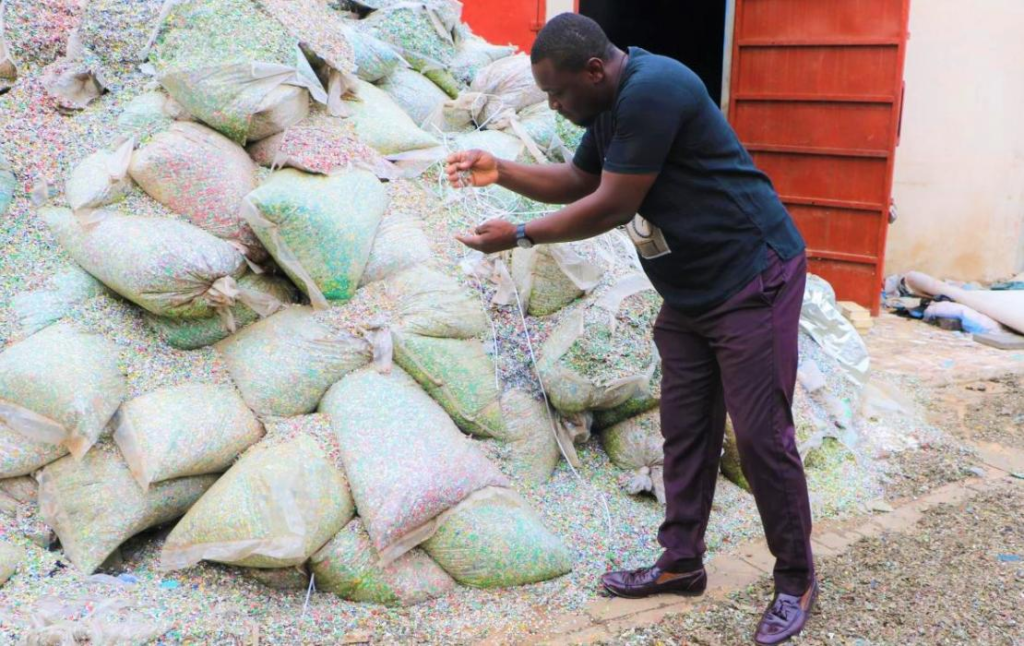
Kosovo
Ghana
Jordan
Philippines
Mexico
Vanuatu
Participating Countries in project CEFY: 8
Malta, Croatia, Greece, Spain, Italy, Lithuania, Germany, Estonia
Activities of project CEFY:
- Ice breaking games
- Coffee table task
- Gamification session on green economy
- Study visit to local government
- Data analysis
- Debates on recycling
- Workshops on circular economy
- Role play games on ecology











Impact of project CEFY
- The partner organizations have their YW trained on circular economy and they will be able to develop better high quality actions for youngsters in their local communities.
- The partner organizations are able to create a strong cooperation that could lead to the creation of a network of organizations cooperating also in the future on the ecological theme, with a positive impact on communities.
- The young people from the local communities of the partners will have the possibility to be engaged in a proper way in activities and events related to circular economy and environmental awareness and thus helping them to act in a more sustainable way in their daily life.




“A circular economy is a step in the right direction towards a permaculture economy.“
